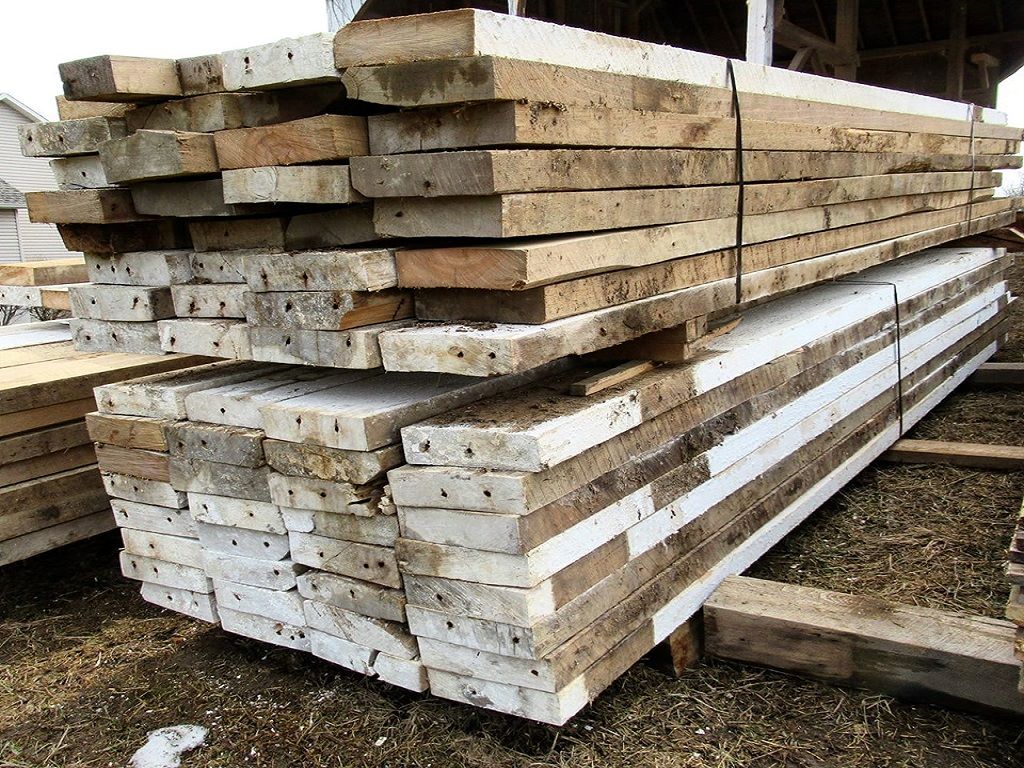Go Green!
And no, we're not talking about the Sparties (at least not right now.
There are a ton of reasons to love reclaimed barn wood. And we absolutely talk about those reasons constantly. But that’s not the only reason. Have you ever considered the environmental impact of using reclaimed barn wood?
Whether you have or not, we have shared some of the top ways choosing reclaimed barn wood is great for the environment.

1. Decreases Demand / Reduces Impact of Deforestation
Any time you opt for reclaimed wood, you are decreasing the demand for newly sourced lumber. So, what does that mean? You are decreasing the need to cut down living trees to obtain lumber.
On a larger scale, this reduces the impact of deforestation; the smaller the demand, the fewer trees are cut down. You get something that looks great (and has history) while also making a positive impact on the world we live in.
Saves Energy / Lowers Emissions
Using reclaimed wood actually takes fewer natural resources than using new lumber. Hence, it saves energy. Newly sourced lumber requires quite the process: cutting down, transporting, and processing trees.
This process has a large impact on the environment. In fact, there was a study done by a team of researchers from the US Department of Agriculture’s Forest Service on the difference in energy consumption when sourcing reclaimed wood and new lumber. The researchers found that the energy needed to produce wood framing with new lumber was eleven times higher than reclaimed wood.

Reduces Waste / Cleans Up Nature
Let’s start with where you even get reclaimed wood. We’re talking old buildings and structures (think: barns). Many of these structures are dilapidated. So, when we salvage and repurpose the wood from these sites, we are cleaning up natural spaces AND reducing the number of materials thrown into the landfill. Salvaging and reclaiming wood both removes and reduces wood waste.
Benefits the Animals
When we’re not cutting down trees, it means animal habitats are left undisturbed. Simple enough, right?